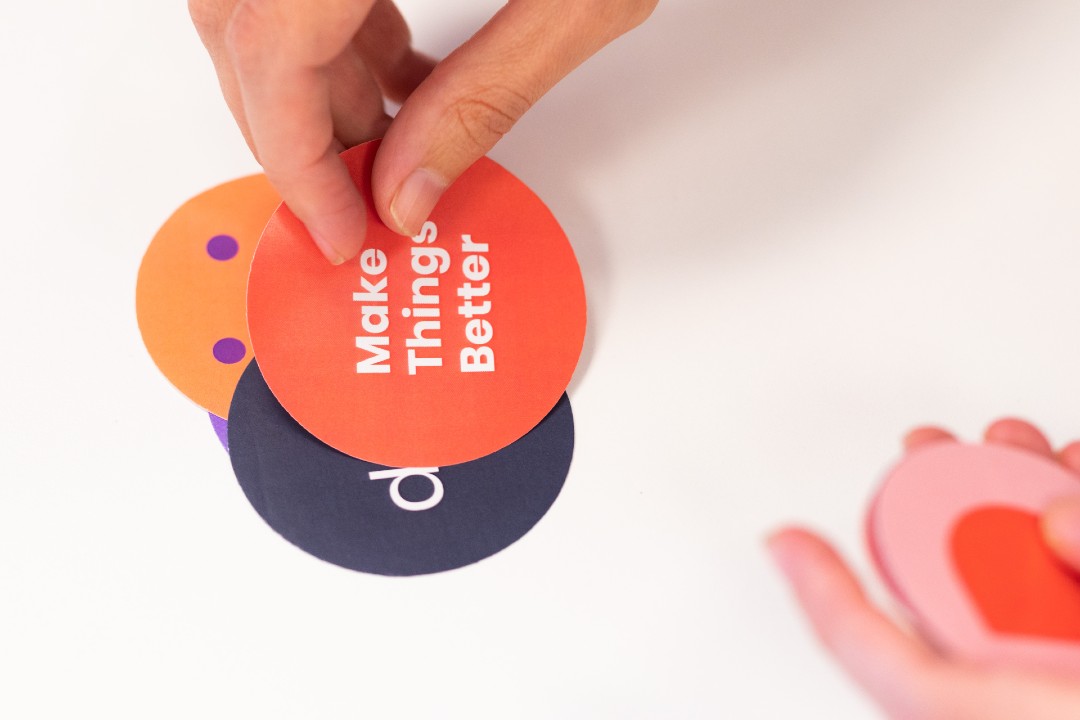
We learned that you can’t focus on urgent referrals alone, they have an impact on the Trust’s entire ecosystem
Prioritising their responses to the COVID-19 pandemic means NHS Trusts across the UK have a backlog of referrals. York and Scarborough Teaching Hospitals NHS Foundation Trust wanted to examine its urgent referral process, and find ways to improve it
Urgent referrals come from GPs, associate clinicians, patients who haven’t been referred by a doctor or other health professional, and some in-patients. They’re referrals for specialist opinions and investigations including x-rays and MRI.
The goal of this discovery was to:
- map the Trust’s current urgent referrals service, including what works well, problems and pain points
- consider what a future service might look like including recommendations and prototypes for improvement ideas that will have the most impact
The Trust was particularly interested in the relationship between GPs and consultants.
Result
dwx partnered with Mima, a human-centred design agency and also worked closely with the Trust.
Mima looks at the built environment and physical, on-the-ground experience, and dxw focuses on the digital parts of services. So together we were well-placed to respond to the project’s digital and physical needs.
Working together, we identified tangible opportunities to improve referrals. A key finding related to the many interdependencies involved and need for buy-in from all parties to be able to implement the changes.
The Trust was keen to learn about new processes and approaches, so part of the delivery team’s role during discovery involved sharing, explaining and demonstrating what service design can do.
What we did
During discovery, we created a picture of the as-is service. We spoke to GPs, clinicians from a range of departments, specialist consultants and the bed management/patient flow teams. Using what came out of discovery, we ran design sprints to come up with ideas to test. This was a first for the Trust, and something they wanted to be a part of and learn from.
Through our range of interviewees, we identified that different specialists across primary and secondary care had different interpretations of what urgent referrals are. For many, this type of referral is more defined by what it’s not. For example, ‘I wouldn’t use urgent referrals for this particular situation’ or ‘someone self-presenting at A and E isn’t an urgent referral’.
A visit to Scarborough and York hospitals helped bring to life the topics that we were exploring in our research. We were able to walk the patient journey from the front door of both sites, and understand what happens in the background. As well as shaping the suggested solutions, the visit helped us uncover, and grasp, the human impact and physical and emotional stressors that are part of the process.
Along with our team of Trust stakeholders, we considered the pressurised decision-making processes that are unique to urgent care. We also examined the Trust’s culture and explored the barriers that stopped collaboration across primary and secondary care, and within the hospitals themselves.
We carried out a gap analysis and prioritised opportunities for improvement to agree which areas were must-have-nows, and which could provide a focus for future research.
What we learned
It’s all connected
We learned that you can’t focus on urgent referrals alone. This is because they have an impact on the Trust’s entire ecosystem – from local GPs to hospital departments including Accident and Emergency, Diagnostics, Bed Management, and Discharge. They’re all interdependent and interlinked.
We also learned that all departments feel pressure to care for patients and discharge them as soon as possible. This pressure can get passed from one department to another and can cause conflict. And the different ward discharge processes add more complexity.
Adjusting ways of working promotes participation
A core team from the Trust, including clinical leads, nurses and representatives from digital and information teams, attended most project meetings. But the demanding nature of their jobs meant it was sometimes hard to get everyone together at the same time.
We overcame this by sharing our plans and progress with everyone in the core Trust team, and holding regular drop-in stand-ups. Adapting the sprint to meet the project’s needs (and the team’s limited availability and time) meant that we had as many team members as possible contributing.
Buy-in is vital
There are opportunities to improve referrals, but they need buy-in from all stakeholders, including executive teams and budget holders.
Although the Trust is open to using service design, to go beyond the discovery phase and embed a solution, it will need to carry on using design thinking and service design approaches. This would need buy-in from across the Trust and all those using the service.